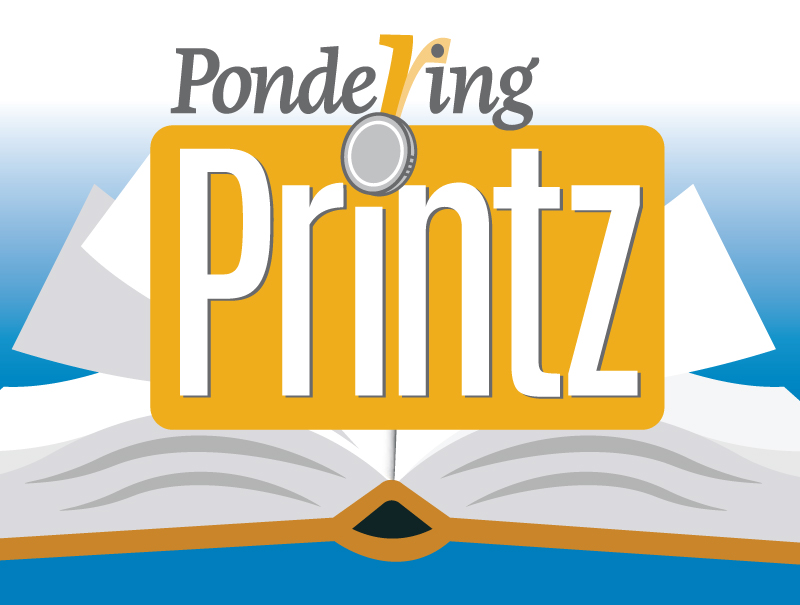Just a Second
In the time it takes you to read this sentence, a woodpecker hammers a tree trunk with its beak approximately 120 times, a rattlesnake shakes its tail over 360 times, and a cruising commercial jet travels close to 4800 feet (1463 meters). Such is the premise of accomplished author and illustrator Steve Jenkins’ captivating nonfiction picture book. Jenkins ingeniously uses the concept of time to explore the natural world and the properties of human invention. Each double page spread features an array of fascinating facts about what can happen in one second, one minute, one hour, eventually culminating in four clear but comprehensive charts that track the history of the universe, the future of Earth’s human population, the life spans of various living entities, and the development of time and timekeeping themselves. Jenkins illustrates the subject of each fact using torn- and cut-paper collage against a vibrant solid background, thereby emphasizing their distinct hues, textures, and characteristics. Perfect to tie into discussions about a new calendar year, teachers and students alike will find this book thoroughly informative and entertaining, a sure springboard for endless inquiries about time, life, and the planet we share.
- How Long Does it Take? Gather together a collection of stopwatches (or any means of keeping track of seconds and minutes). Ask students to make a list of things that they want to see “how long it takes.” Teach students how to use the timepieces to answer their questions. You might also consider introducing the concept of averages in connection with this activity. Have the students create a class-made big book that depicts the results of their experiments.
- Keeping Time. How do we keep track of the passage of time? Bring in a collection of photos that depict various tools for time keeping. Discuss what they are and how they work. Then, ask your student to take digital photos of different time keeping devices found around the school, at their homes, and in the community. Create a bulletin board display or class big book that features the various time keeping devices and students’ writing about them.
- Expressions About Time. The title of the book is an expression that students probably hear often at school and at home. Work with your students to create a list of commonly used and lesser known expressions about time, such as “Time flies when you’re having fun.” It might be fun to have the students illustrate the expressions both literally and figuratively.
- Guiness Book of World Records. Students of all ages find the Guiness Book of World Records fascinating. Ask students to identify records in the text that are time-related. Invite students to set a time related goal for themselves (encourage productive and healthy activities) and create your own class book of ‘records.’
- History of Timekeeping. Throughout the text and in the back matter, Jenkins discusses the history of time keeping. Engage your students in further research to expand their understanding of the history of time. You might go about this by using the items in the timeline at the conclusion of the book as a starting point. Make small groups of students responsible for confirming and expanding on the points of significance in Jenkins’ timeline. Be sure to draw on the resources in our resource section and in the back matter of the book.
- Calendars Around the World. Engage your students in some research into various calendars followed by diverse cultural groups around the world. How did these different ways of timekeeping evolve. How do calendars reflect social values?
- Examining the Structure and Organization of Nonfiction. Just a Second can be mined in many ways as a mentor text for writing nonfiction. Examine the structure and organization of the book closely with your students. There are many interesting features and techniques to notice. The book includes an introduction; discuss the purpose of an introduction and notice how Jenkins piques readers’ interest. Then look more globally at how the book is organized. Jenkins has a running discussion of the history of timekeeping that parallels the many examples of what can occur in smaller to larger units of time. Notice, too, how the examples Jenkins has chosen are grouped to allow for easy comparison. There are also motifs that span the book; for example, recurring mention of births, deaths, and the human population. Examine the back matter closely, discussing the varying purposes that the different charts and reference listings serve. The discussions that you have around the writing choices that Jenkins has made will help your students grow as authors of nonfiction.
- Perceptions of Time. As we age, our perspectives on the passage of time change. Work with your students to develop a series of interview questions that might tease out the perceptions of time held by: four, eight, sixteen, 30, 60, and 90 year olds. Create opportunities for students to interview people of these varying ages. Students can write an article for the school newsletter presenting their findings.
- The Persuasive Power of Statistics. Although it is not an overt message, a close reading of Jenkins’ text reveals the author’s concern with human impact on the earth. Ask students to reread the text to identify the locations where the text is meant to prompt reflection on human behavior: for example, “In one day…Fifty new species of plants and animals are identified, but another 150 species go extinct, most because of human activity.” Consider the use of statistics in writing as persuasive devices. Collect other examples of texts in which authors use statistics to persuade. Invite your students to try this technique in their own writing. Where do authors obtain statistics (reread the back matter to see what Jenkins does)?
- Adler introduces the concept of time zones and the rotations of the earth, contextualizing the information for primary grade readers with a dose of history on how time has been measured and the decision to create standard time zones in the late 19th century.
- With two starred reviews, this fictional tale provides primary grade readers with a humorous way to explore the concept of time and a fold-out clock with moveable hands on which to practice.
- The concept of time and the history of time keeping are explored in this nonfiction picture book, which examines time rooted in natural cycles, cultural and scientific understandings at different points in human history, and the different modes of tracking time historically.
- While out of print, there is a good chance this Orbis Pictus Honor-winning book sits on the shelves of your school or local library. This picture book biography details the trials and tribulations of John Harrison, the 18th century British carpenter who designed the timepiece to measure longitude.
- This nonfiction picture book is a versatile resource for both the primary and intermediate grades, as it covers both the concept of time and various representations of time.
- This fictional concept book presents concurrent happenings throughout the time zones of the earth.
- This prek-primary grade series has individual titles that focus on clocks and calendars; days of the week; months; seasons and more.
Filed under: Nonfiction Picture Books, Picture Books
About Erika Thulin Dawes
Erika is a professor of language and literacy at Lesley University. A former classroom teacher, reading specialist, and literacy supervisor, she now teaches courses in children’s literature, early literacy, and literacy methods. Erika is the co-author of Learning to Write with Purpose, Teaching with Text Sets, and Teaching to Complexity.
ADVERTISEMENT
ADVERTISEMENT
SLJ Blog Network
Happy Poem in Your Pocket Day!
This Q&A is Going Exactly As Planned: A Talk with Tao Nyeu About Her Latest Book
Family Style: Memories of an American from Vietnam | Review
Parsing Religion in Public Schools
Environmental Mystery for Middle Grade Readers, a guest post by Rae Chalmers
ADVERTISEMENT







